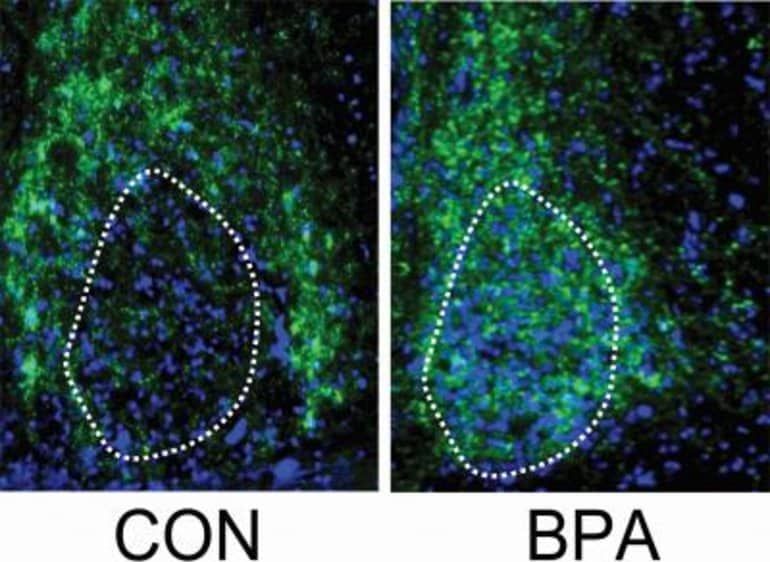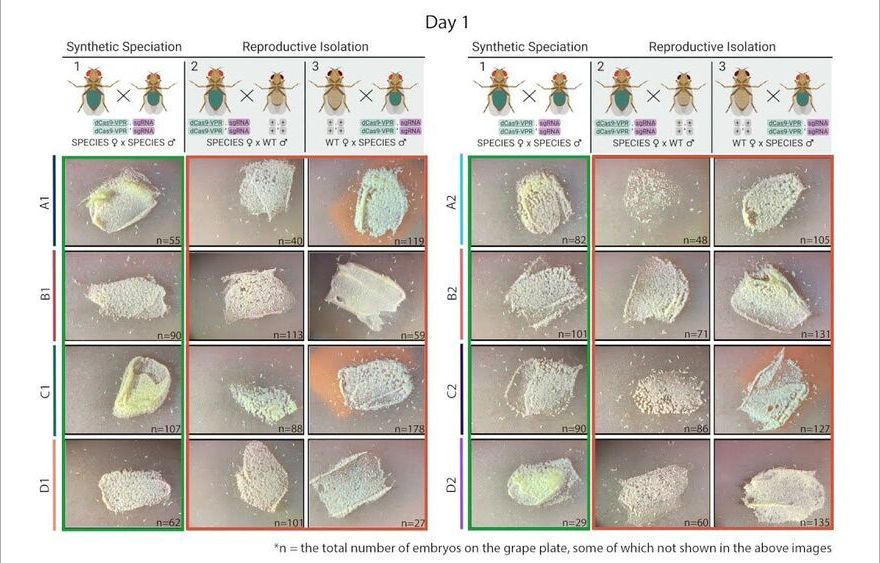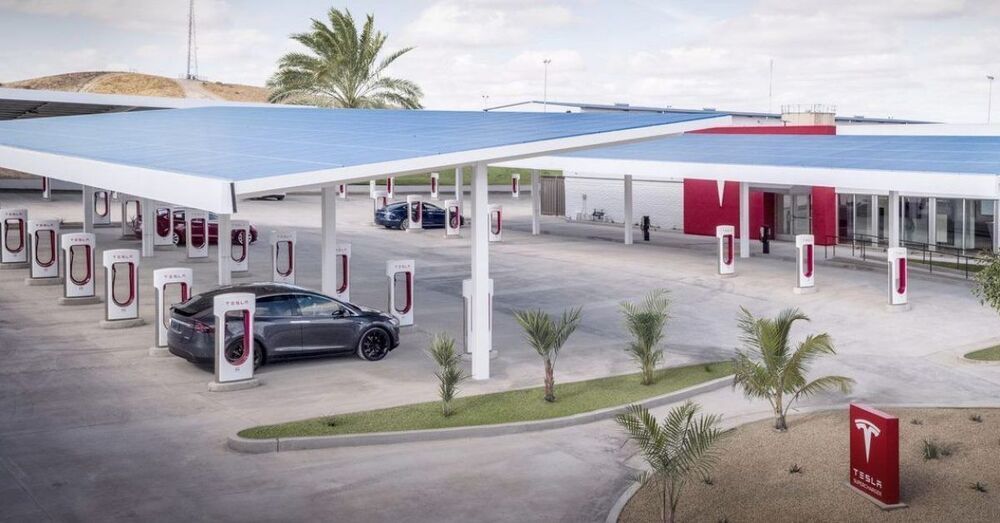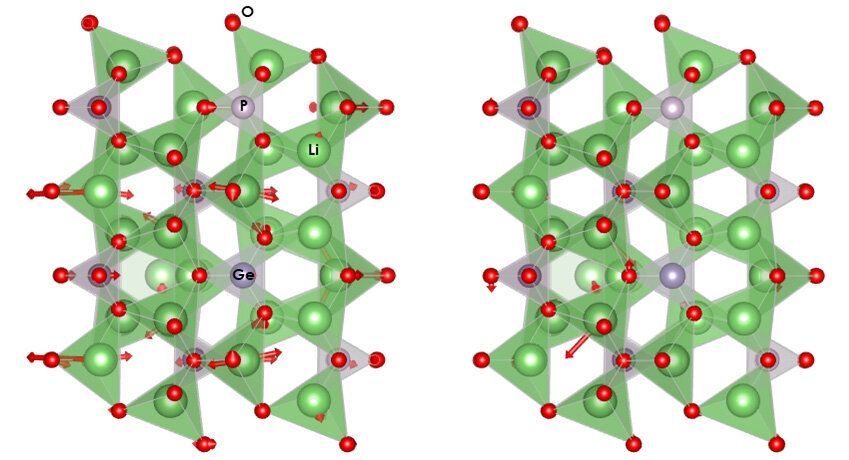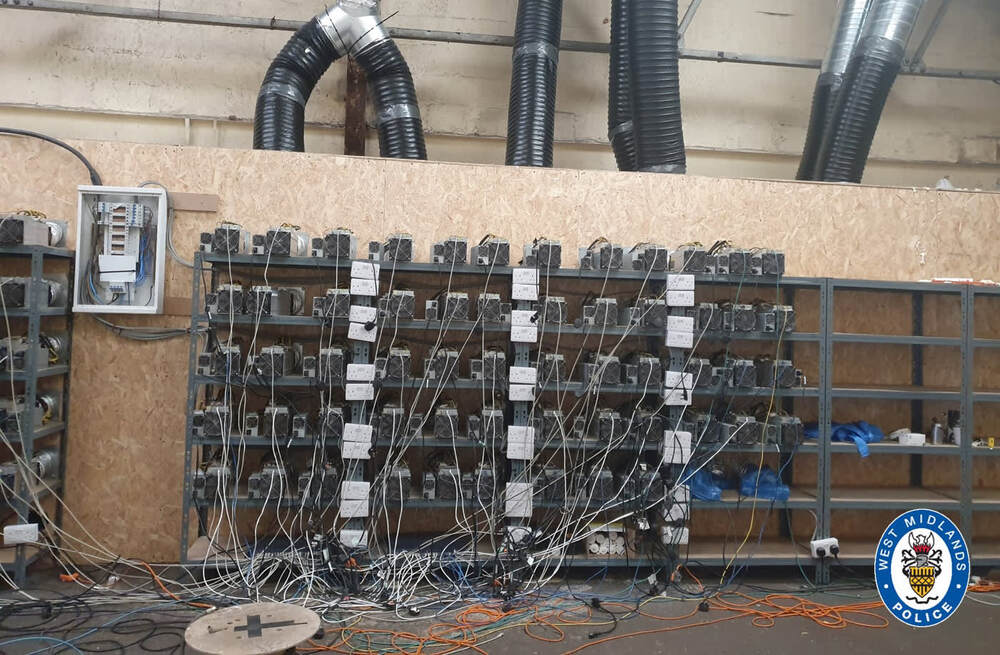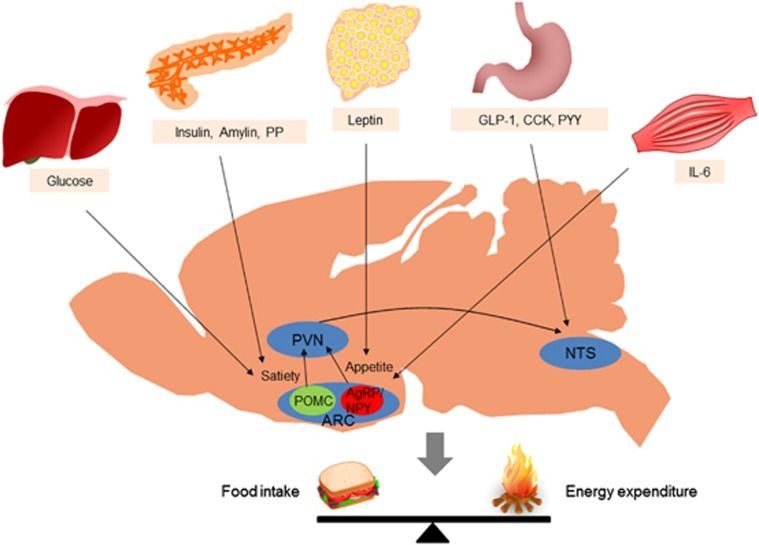Jun 3, 2021
Elon Musk Files Trademark Papers For Tesla Restaurant: Report
Posted by Genevieve Klien in categories: Elon Musk, food, law, sustainability
The applications are for trademarks for the company’s ‘T’ logo design “and two other iterations of ‘Tesla’ stylised logo for use in the food industry”, the report said.
Moneycontrol could not independently verify the report.
As per the report, the three applications are for “restaurant services, pop-up restaurant services, self-service restaurant services, take-out restaurant services” and are filed under a trademark law provision indicating that Tesla intends to use, but has not done so yet.

